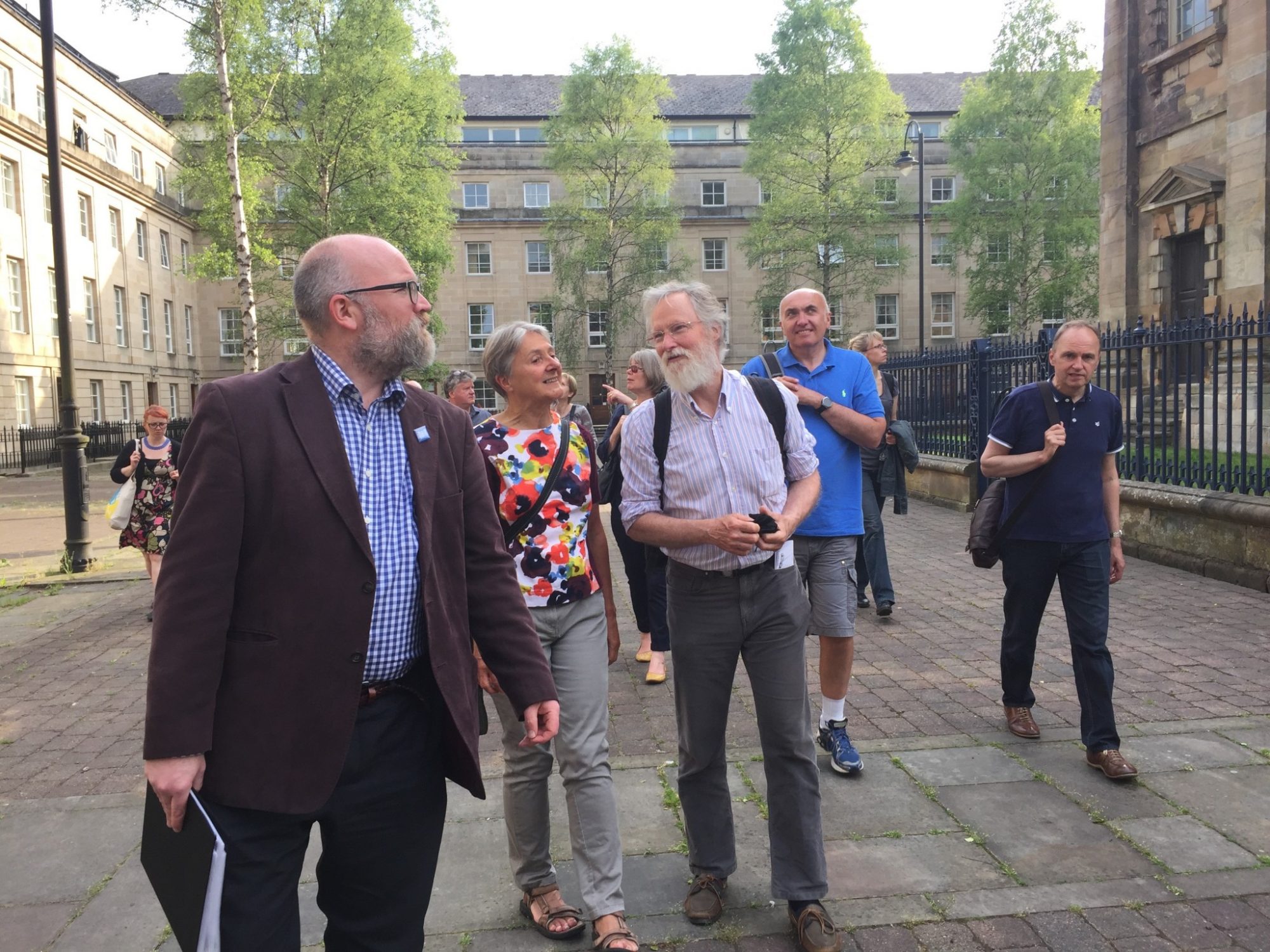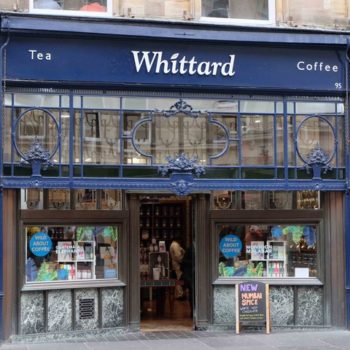By Taylor McDaniel

High on a brick wall on Blythswood Street, a fading sign advertising G.S. Nicol furriers, ladies tailors, and habit makers looks down over a vacant lot. This ghost sign, spanning the width of the building its painted on, helped inspire our Ghost Signs of Glasgow project.
Project Coordinator, Silvia Scopa, came across a garment label reading “G.S. Nicol Glasgow” while taking inventory of historic costumes as part of her Masters degree. The next day she saw the large G.S. Nicol ghost sign just off Bath Street. Soon after she began seeing ghost signs everywhere and wanted to find a way to document both the signs and the stories behind them throughout Glasgow.
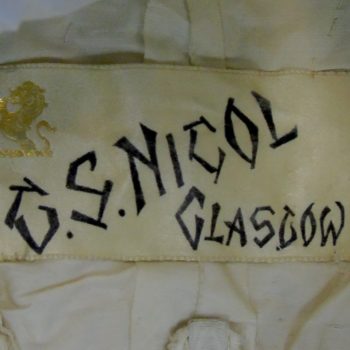
The G.S. Nicol sign does indeed have quite the story behind it. George Stronach Nicol was a women’s tailor, milliner, and furrier who opened his shop at 186 Bath Street in 1894. Originally from Dallas, Moray, Nicol and his wife Isobella made the move down to Glasgow by 1890. The couple’s five children–George, Alexander, Violet, Isa, and, Roberta–were born in various residences around Glasgow. The family eventually settled in a large 8 bedroom house in Pollockshields that Nicol named “Forres House” after the location of his and Isobella’s wedding.

Nicol ran his shop until the 30th June 1908, when the Scotsman and the London Gazette reported Nicol would be retiring, but the business would continue to be run by his partners John Hossack Stronach and Duncan Macdonald Stronach. George Stronach Nicol died at home in Pollockshields on the 21st March 1939. G.S. Nicol continued trading at 186 Bath street long after its namesake’s death until closing down in 1967.
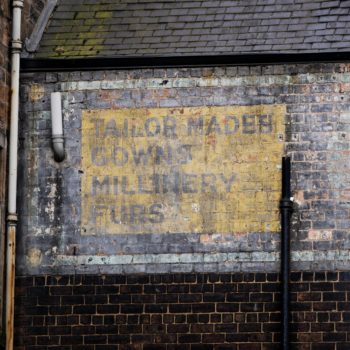
Nicol is remembered for causing a stir after the death of Queen Victoria on the 22nd January 1901. The day after the Queen’s death, Nicol placed an advertisement in the Glasgow Herald reading, ”Mr Nicol, during the next 10 days, will make up all mourning gowns at his off-season prices. He holds a unique selection of black materials.” Many readers were outraged by the poor taste of the advert following the beloved monarch’s passing and the newspaper was bombarded with letters to the editor complaining.
186 Bath Street, where G.S. Nicol once stood, now houses the Hummingbird Nightclub. Furs made by G.S. Nicol can still be found today; a recent Gumtree listing advertised a chocolate-coloured squirrel fur jacket from the 1930s. And finely made clothes aren’t the only pieces of G.S. Nicol’s past floating around today. Ghost Signs of Glasgow was lent a beautifully detailed metal sign for the shop by a generous collector.
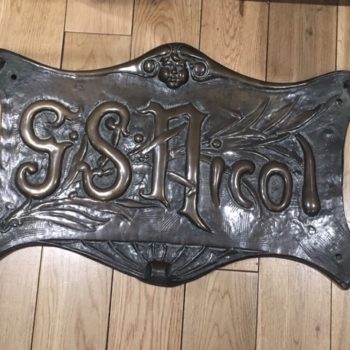
The tale of G.S. Nicol is just the first of many interesting stories we’ll be exploring as part of the Ghost Signs of Glasgow project. If you see any ghost signs while out and about in the city, send us a picture on social media at @ghostsignsgla or send us an email at ghostsigns@glasgowheritage.org.uk.

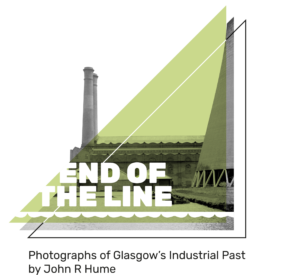 John R Hume first started documenting Glasgow’s industrial buildings in 1964. Wandering the city by bicycle, he was determined to get images of as many of the city’s decaying industrial buildings as possible before they disappeared. He was just in time.
John R Hume first started documenting Glasgow’s industrial buildings in 1964. Wandering the city by bicycle, he was determined to get images of as many of the city’s decaying industrial buildings as possible before they disappeared. He was just in time.
